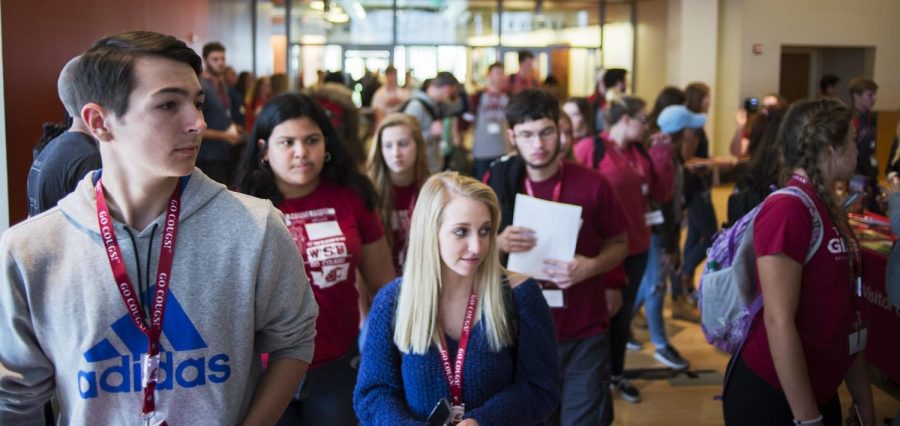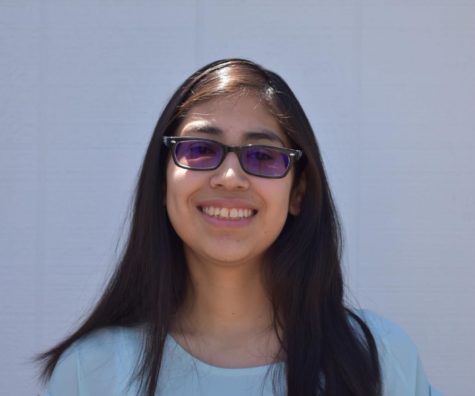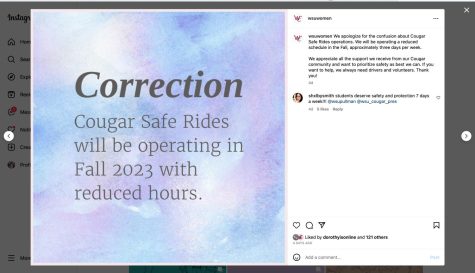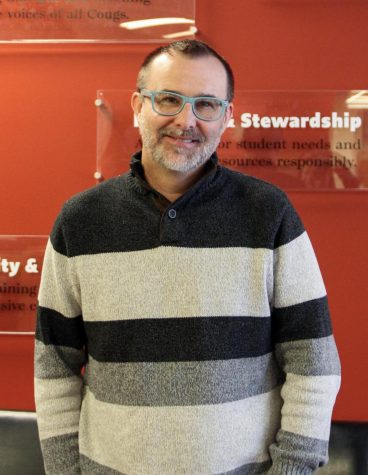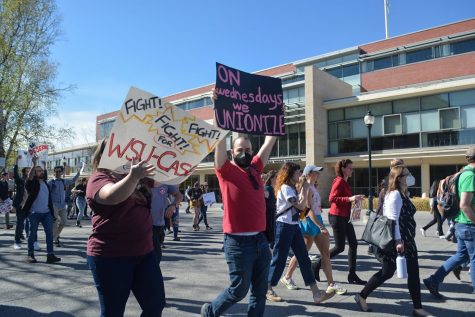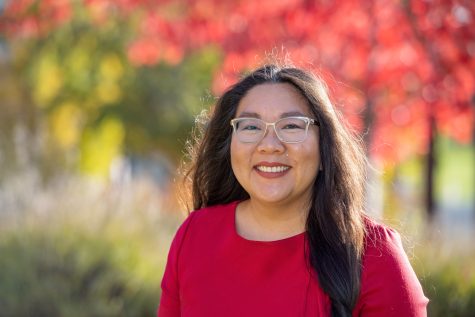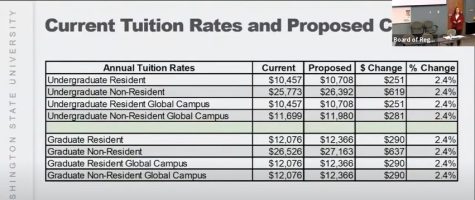Online presentations held for incoming students
Presentations hosted by Greek life organizations, Student Financial Services
LUKE HOLLISTER | DAILY EVERGREEN FILE
Alive Orientation will be online this summer. Presentations are in a PowerPoint format with a live feature so participants can ask questions along the way.
May 26, 2020
WSU’s Office of Admissions and Recruitment is offering online daily presentations for prospective and incoming students.
Randi Niehenke, associate director for the Office of Admissions and Recruitment, said the department went virtual as soon as Gov. Jay Inslee’s stay-home order was put in place.
Niehenke said the presentations begin every day at 9 a.m., 1 p.m. and 4 p.m.
Michelle Lewis, assistant vice president for system-wide enrollment planning, said the 9 a.m. and 1 p.m. presentations are for prospective WSU students. During the presentation, those students are provided information about admissions. The 4 p.m. presentations provide information to admitted WSU students.
Niehenke said academic departments such as WSU’s College of Education, College of Business, College of Engineering and Transfer Clearinghouse are having online presentations as well.
Greek life organizations, Student Financial Services and Alive! Orientation also have online presentations, Lewis said. The presentations are in a PowerPoint format with a live feature so students can ask questions as the presentation is happening.
Niehenke said there are virtual one-on-one appointments available for students who have been admitted for fall 2020. They can opt in to schedule appointments over the phone or with platforms like Zoom.
Over 800 students had one-on-one appointments so far, she said. During the appointment, any questions the student or their families have will be answered.
Lewis said there have been panels on diversity and inclusion where small groups of students from a variety of backgrounds have conversations on how to connect culturally on campus. They also discuss the different ways to diversify campus, she said.
There are no virtual tours but there are videos that show various aspects of campus life and academic setting, she said. There have been about 1,000 activities and events that have been held virtually, Lewis said.
Niehenke said there have been more opportunities to reach out-of-state students. However, she would have preferred to highlight the campus in person.

